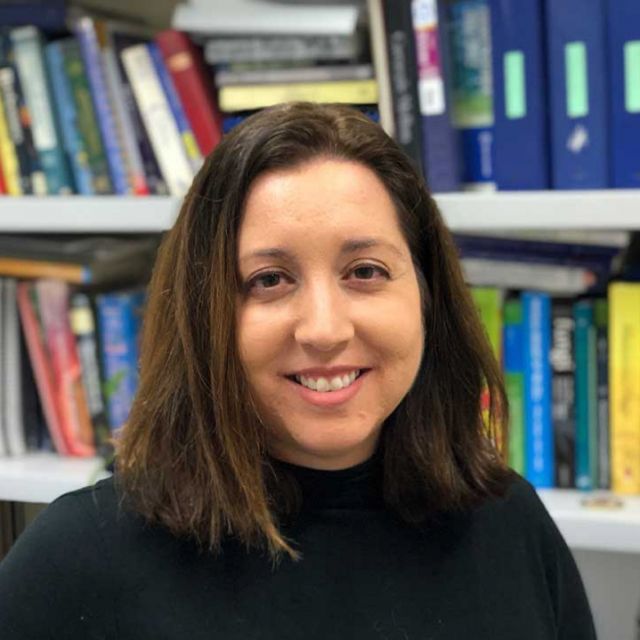Michelle O’Malley Wins AIChE's Colburn Award
Excellence in Publication

UC Santa Barbara chemical engineering professor Michelle O’Malley has received the American Institute of Chemical Engineers (AIChE) 2021 Allan P. Colburn Award. The award, named for a legendary professor who founded the University of Delaware chemical engineering department, recognizes significant contributions to chemical engineering through publications by younger members of the institute. Nominees must have earned their highest academic degree within twelve calendar years of the year in which the award is presented. O’Malley received her PhD in chemical engineering from the University of Delaware in 2010.
O’Malley is perhaps best known for having established a new research field by engineering anaerobes, which evolved to decompose and recycle carbon biomass throughout the Earth – from our guts to landfills and compost piles. She is the world leader in engineering anaerobic fungi and associated microbiomes and has published papers on various aspects of the subject in many leading journals, including Science, Nature Microbiology, Nature Genetics, and Nature Chemistry.
O’Malley’s ongoing work focuses on the fact that biomass digestion is generally performed by consortia of microbes, and she is now developing systems-level tools to evaluate and direct microbial interactions. She and her students have recently pioneered new approaches to isolate not only fungi, but also their dependent bacteria and methanogens, to create a simplified system to model their interactions. Her group’s research set the foundation for engineering microbial interactions in anaerobes to accelerate biomass breakdown, and serves as a unique spring board to study and engineer how microbes “partner” in nature and in bioreactors.
At BioPACIFIC MIP, O'Malley is working to accelerate the production and identification of natural products that have been recently identified from several anaerobic fungi, so that can potentially be used as building blocks for novel, functional materials